Today we are taking a look at the WD Red SA500 1TB SSD. This is a SATA drive from WD targeting the NAS market. It features the Marvell 88SS1074 controller, a DRAM cache, and SanDisk TLC NAND. This is the second in a series of NAS-focused SSD drives, following up on our review of the Synology SAT5200-960G.
WD Red SA500 1TB Overview
The WD Red SA500 1TB comes in a single-sided M.2 2280 (80mm) form factor. This drive is also available in 2.5″ format, but our review unit was of the M.2 variety.
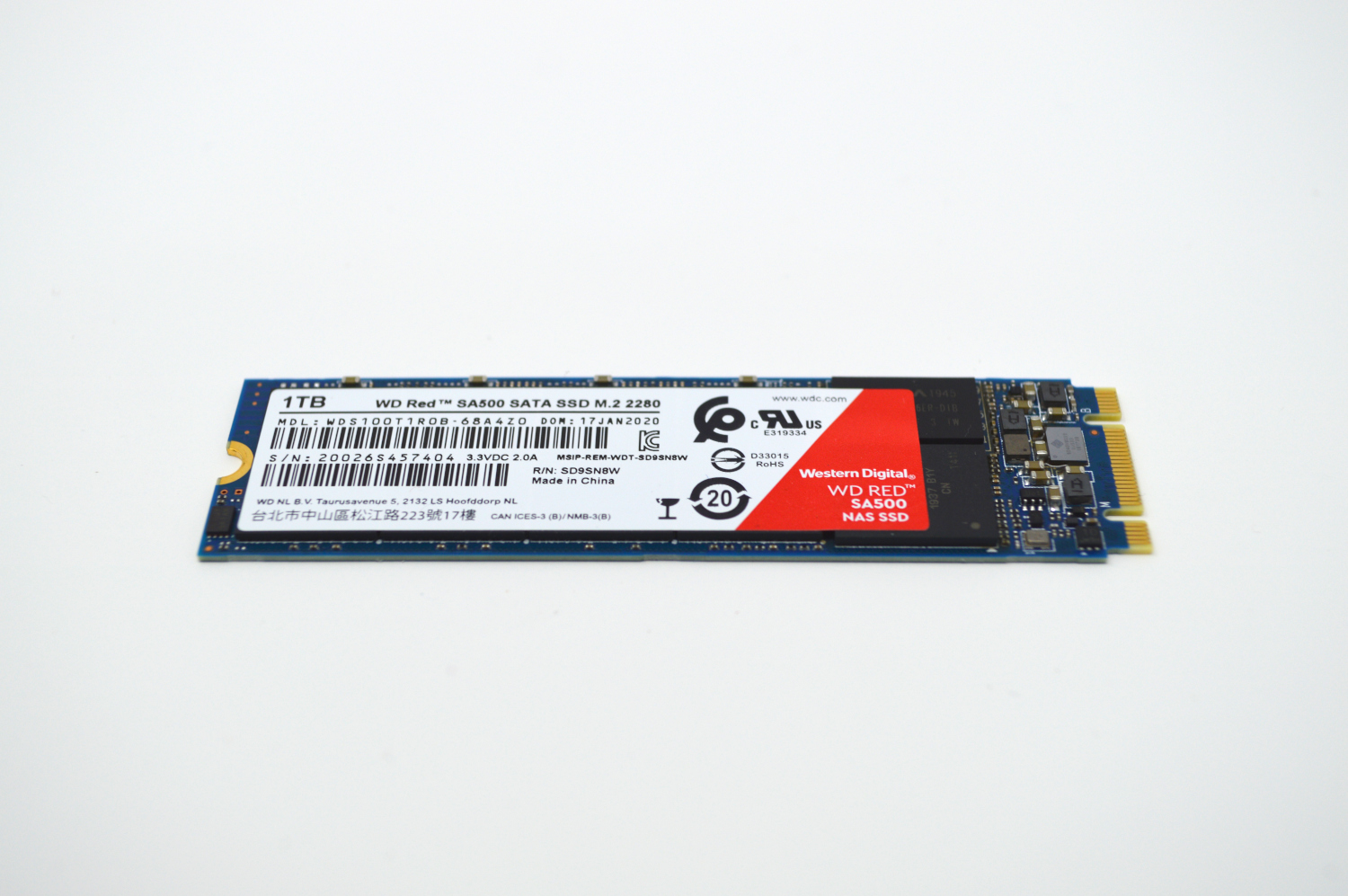
There is no heat spreader of any kind, but as a SATA SSD this is not likely to be of concern. Present on this side of the drive is the Marvell controller, cache DRAM, and 4 packages of SanDisk NAND totaling 1024GB.
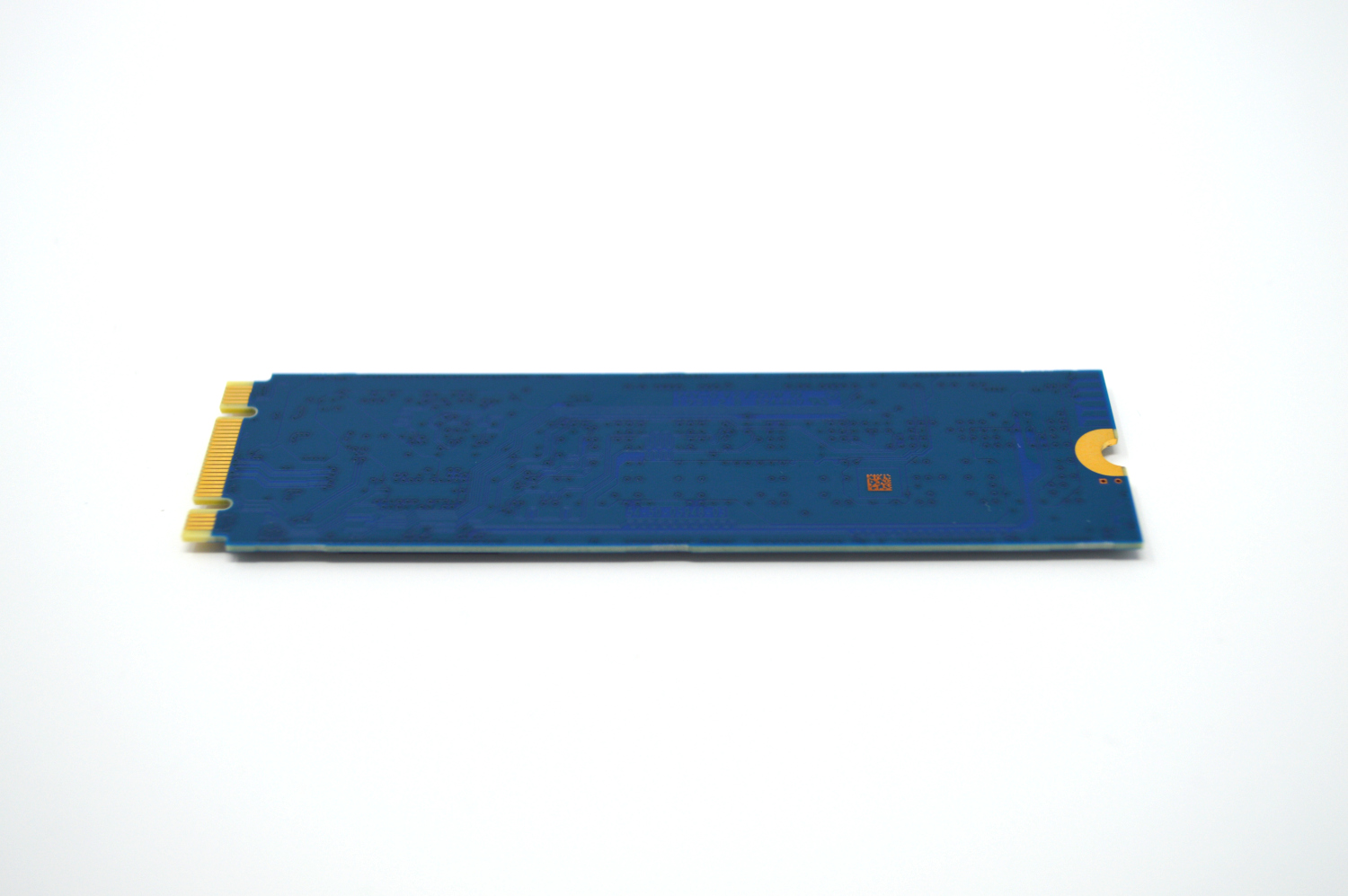
Unlike the recently reviewed Synology, there is no power loss protection (PLP) circuitry present on this drive. You can read a bit more about why PLP is important in some server workloads in our piece What is the ZFS ZIL SLOG and what makes a good one. That looks at a specific case but has a few diagrams and an explanation around what goes on with these drives when they do and do not have PLP.
WD Red SA500 Specs
The WD Red SA500 line of TLC based SSDs has 500GB, 1TB, 2TB, and 4TB capacities available.
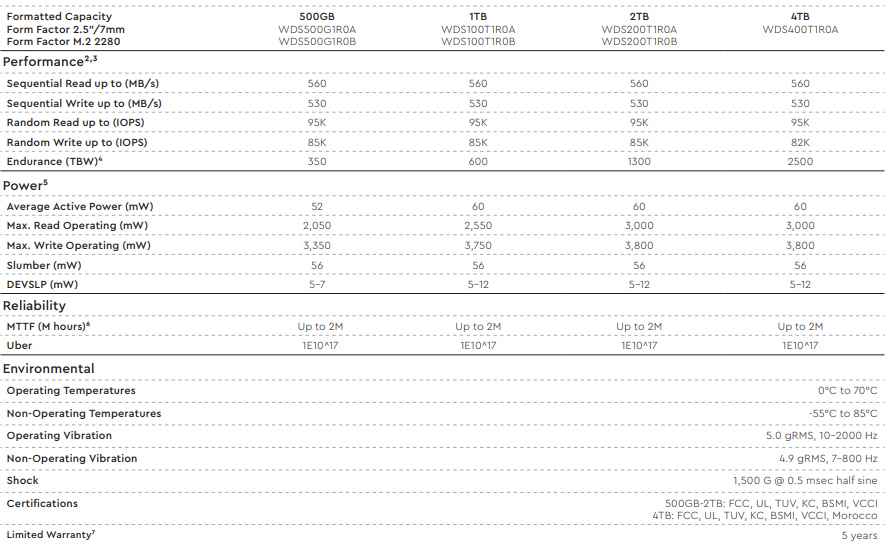
Performance does not vary much across the SA500 lineup because they are all limited by the SATA interface. The only major differentiating factor between the drives is the capacity and the rated endurance. Our 1TB drive is rated at 600 TBW endurance or a little more than 0.3 DWPD. Compared to the Synology SAT5200-960G with its 1.3 DWPD endurance, or the Seagate Ironwolf 110 960GB with its 1.0 DWPD endurance, the WD easily has the lowest rated lifetime write tolerance of the bunch. On the SA500 1TB, this relatively lower endurance is likely because the drive includes very little overprovisioned space; there is only 24GB of spare area reserved by the controller for use with wear leveling. This is counterbalanced somewhat with the cost, which we will discuss later.
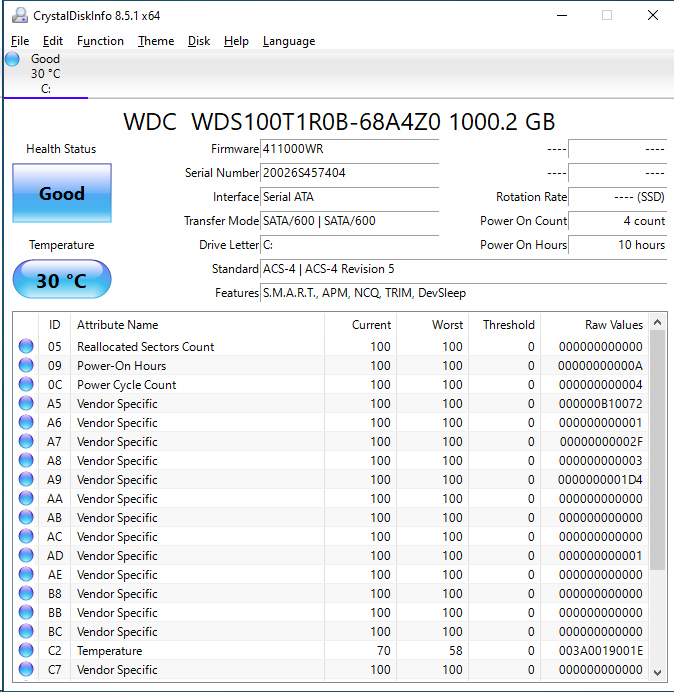
CrystalDiskInfo can give us some basic information about the SSD, though much like with the Synology SAT5200 it is unable to interpret many of the SMART attributes.
Test System Configuration
We are using the following configuration for this test:
- Motherboard: ASUS PRIME X570-P
- CPU: AMD Ryzen 5 3600 (6C/12T)
- RAM: 2x 16GB DDR4-3200 UDIMMs
Our testing uses the WD Red SA500 1TB as the boot drive for the system, installed in the M.2_1 slot on the motherboard. The drive is filled to 85% capacity with data and then some is deleted, leaving around 60% used space on the volume.
Next, we are going to get into our performance testing.

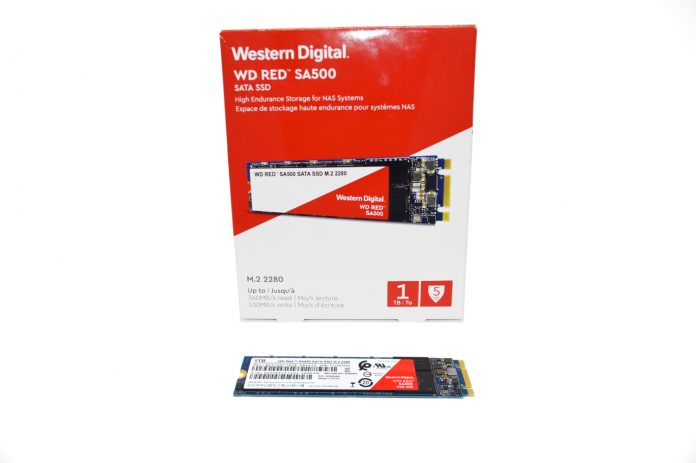



Western Digital isn’t really helping their Red brand. First with sneaking SMR drives into NAS drives, now releasing a enterprise NAS branded SSD that lacks enterprise features. What is WD doing?
@Steven – I think they are reshuffling their brands. Red is now “prosumer” and red pro is is getting closer to enterprise, although gold is obviously the true enterprise in their weird colour based system.
This drive doesn’t seem compelling at all.
It’s hard to think of a use case where I would be excited to get this drive, even for $120.
Sata-only, so, it’s not fast, but, that does improve compatibility I suppose.
0.6 DWPD, so, not a ton of endurance, but not the worst I’ve seen I guess.
No PLP, which makes it not great for a number of use cases.
$120 for 1tb, so, I can get a used enterprise drive with PLP, high endurance, higher performance, around the same size, for around the same price.
Like an 800gb or 1.6tb Intel DC S3600, I’d much rather have one of those for 2.5″ form factor at least. Don’t know off the top of my head what m.2 drive I’d rather have, but, in m.2 form factor I’d really prefer nvme.
It seems computer storage technology has experienced a Christensen type of disruptive innovation. Companies such as Western Digital and Seagate were too busy making money with traditional hard disks (and shingled magnetic recording) to invest in the future. The too little too late mode of operation that happens in such situations then results in thoroughly underwhelming products which have no compelling advantage over similar things that were on the market years ago. I see no market leadership whatsoever in bringing a SATA m.2 drive to market at this point.
Slow SATA drives being so close in price to proper NVMe drives is really infuriating.
This sounds like Boeing renaming the 777X to the 777MAX.
I was happy to see the “you get what you pay for” quote for this SSD, as i basicly bougth the cheapest ssds of a trusted vendor.
I’m using 4 of these in my silent qnap nas (2x m.2, 2×2.5″) and they max out at 680Mbyte/s over 10GbE.
Thanks for the review.
This is a typo, yes? “Seagate WD Red SA500 Specs”
To demonstrate market leadership, I would recommend that WDC consider advocating a new “SATA-IV” standard that adds at least 2 more features:
(1) change the frame layout from 8b/10b “legacy frame” to 128b/130b “jumbo frame”
(PCIe/NVMe channels already do this);
(2) sync the clock rate to the chipset, using auto detection as needed
(NVMe already uses 8G (Gen3) and 16G (Gen4)).
Modern SATA SSDs e.g. Samsung, WDC etc. already “down-clock” to accommodate
slower SATA ports e.g. 3G (SATA-II) and even 1.5G (SATA-I).
SATA-IV should default to 16G, to sync it with PCIe 4.0 chipsets
and be backward-compatible with 8G, 6G, 3G and 1.5G clock rates.
16G / 8.125 = 1,969.2 MB/second per SATA-IV channel
6G / 10 = 600 MB/second per SATA-III channel
By definition, “SATA” uses a single Serial channel (the “S” in “SATA”);
NVMe by design uses x2 or x4 PCIe lanes.
Freezing SATA at 6G and the 8b/10b legacy frame is only retarding
the normal evolution of this one technology.
p.s. for readers who are not familiar with frame layouts:
“legacy frame” is one start bit + 8 data bits + one stop bit
for a total of 10 binary digits per byte
(6G / 10 = 600 MB/sec MAX HEADROOM = theoretical maximum bandwidth)
“jumbo frame” is one start bit + 16 bytes @ 8 bits per byte + one stop bit
for a total of 130 binary digits per 16 bytes = 130 / 16 = 8.125 bits per byte
(8G / 8.125) = 984.6 MB/sec MAX HEADROOM)
Hope this helps.